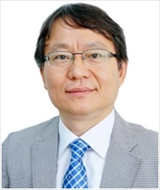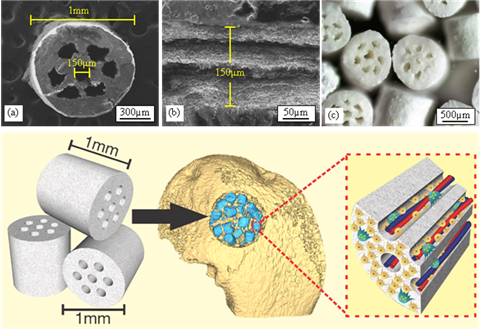Byong Taek Lee
Biofunctionalization of bioceramics bone substitutes for improved bone regeneration capability.
Nathaniel Carpena, Nguyen Thui Ba Linh, Swapan Kumar Sarkar, Reiza Ventura and Byong Taek Lee
Dept. of Regenerative Medicine, Soonchunhyang University, Cheonan City, Chungnam, 330-090, Korea

During the past few decades, there have been major advances in the development of ceramic-based bio-medical materials that have been exploited to augment the repair of damaged human hard tissue. A diverse range of aspects were established to develop bone substitute systems to augment the healing process of a defected bone. These synthetic options offer a significant help for the medical community for treating hard tissue related problems. Bare bioceramic scaffold, growth augmenting biochemical agents, natural and artificial biopolymers etc. have been used in standalone or in combination to gradually improve the overall performance of the implanted scaffold systems. In this presentation we have shown some modified bone substitute system with structural and functional modification. Scaffold with characteristic morphological attributes for better porosity, higher strength and favorable applicability etc. were made and then were added with suitable functional attribute by incorporating biocompatible hydrogels, biopolymers, growth factors etc.
Calcium phosphate based bone substitute in porous granule and block size have been fabricated by co-extrusion process and sponge replica method. Polymer laden green bodies were made representing the final morphology and geometry, which were then fired to burn out the polymer and sintered to the final morphology/shape. Granular bone substitutes were coated with collagen and BMP-2. Gelatin-pectin-BCP powder based hydrogels system was incorporate with in BCP scaffold. ECM like bio-functional material was developed onto the surface of the scaffold by invitro cell seeding or invivo implantation and subsequent de-cellularization by freeze-thawing and washing of nuclear material.
All the bio-functionalized bone substitutes showed superior invitro and invivo biocompatibility. Surface functionalization with biopolymer, growth factor or ECM like materials significantly improve the bone regeneration extent and healing time compared to the bare bone substitute scaffold. The immunohystochemical and immunohystomorphometric analysis showed early bone formation with the bio-functionalized bone substitutes.
The surface biofunctionalization represents an advanced generation of bone substitutes showcasing a superior bone healing characteristics and averting any detrimental implant-body interaction.

Fig. 1 SEM and photographic image of granular bone substitutes prepared by fibrous monolithic method and coated with collagen and BMP-2.
[1] T.B.L Nguyen and B.T. Lee, A Combination of Biphasic Calcium Phosphate Scaffold with Hyaluronic Acid-Gelatin Hydrogel as a New Tool for Bone Regeneration, Tissue engg: Part A,2014, 20, 1993-2004.